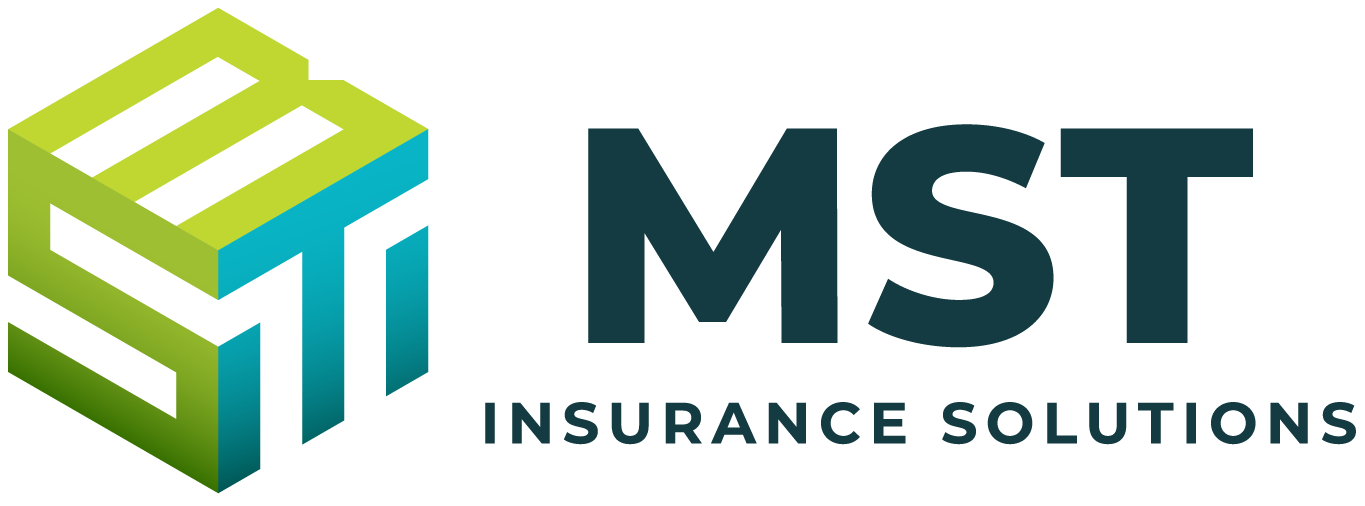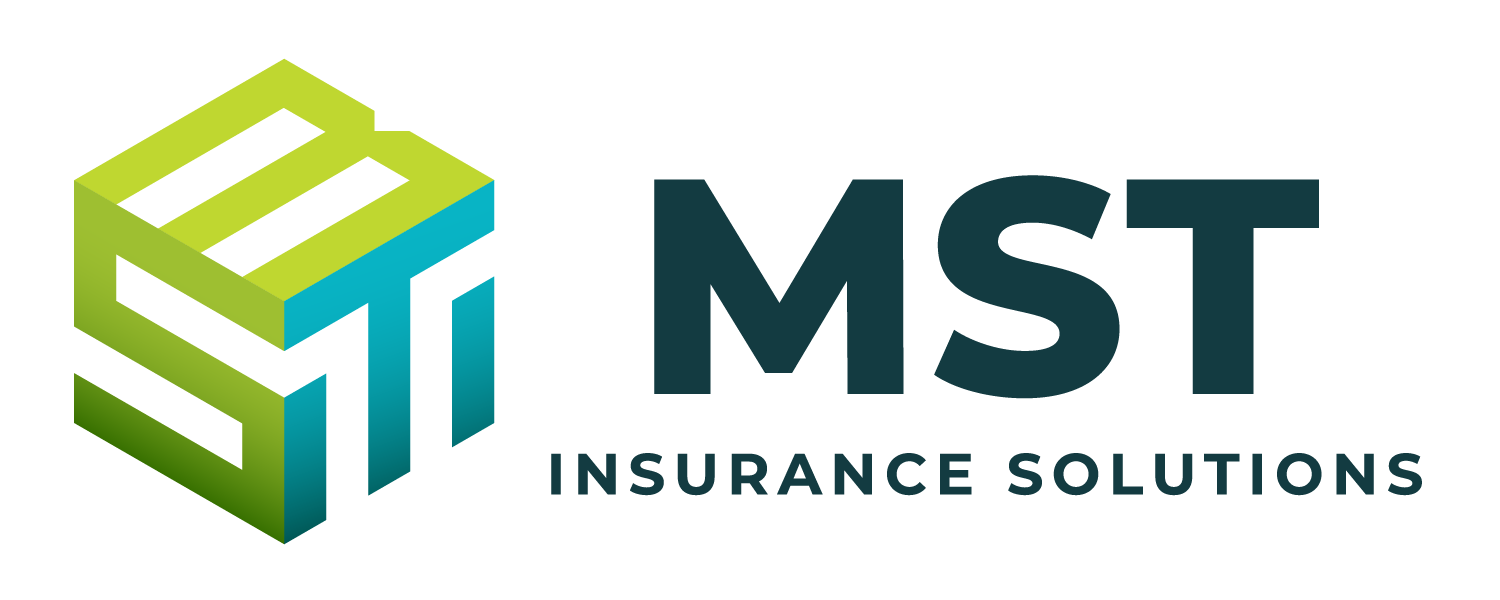As a potential recession looms larger on the horizon and the labor market continues to tighten, companies are feeling increasing pressure to retain their best employees.
With this renewed focus on retention, employers are prioritizing benefits that will help their people accelerate their personal career mobility and become more financially healthy. This might mean dedicating more learning resources to support career growth at a given company, or benefits to help relieve everyday stressors and emergency needs.
Here are four increasingly popular employee benefits that will help your people better navigate large-scale financial challenges and prepare for the future:
Benefit No. 1: Financial wellness
Good financial health is essential for employee wellbeing, engagement, and productivity. Given this, it’s no surprise more companies than ever are embracing their roles in contributing to financial care. A recent Bank of America study found that 97% of employers felt they bore at least some responsibility for employee financial wellness, an increase from 41% just 10 years earlier.
Concerns driven by finances are significant challenges for most people, but strike particularly hard within marginalized communities, specifically employees of color. Traditional solutions like 401(k) programs tend to help people who have financial means, and they aren’t designed to address the immediate needs of those in financial crisis.
To truly support employees across the financial spectrum, businesses should offer programs that not only support those with money, but specifically focus on the unique needs of those who don’t. These benefits may include access to emergency money, like loans to cover late bills or community support to pay for housing or food; realistic debt-reduction; and services that focus on building credit.
Employers who focus benefits accordingly will help create financially healthy employees, which in turn leads to improved productivity, greater workforce diversity, and lower health care costs.
Benefit No. 2: Learning resources
According to recent research, nearly three out of four U.S. workers said education and training being available through their employer was very or somewhat important. Providing your people with the opportunity for ongoing learning and development will prove especially beneficial in times of economic turmoil when people are anxious about their jobs. Learning should become a baked-in part of your company culture, as every element of the company benefits from providing your people with the opportunity for ongoing improvement.
Learning resources can include everything from formal, structured programs to informal opportunities to sharpen skills or learn new elements of the business. This can include a broad range of formats, including workshops, career counseling, apprenticeships, professional memberships, and third-party training.
As an employee benefit, learning resources help people see that the company cares about their overall success as a person. Along with developing skills and improving performance relevant to their job, these popular perks also enable employees to gain exposure to areas they may have a desire to explore but no relevant opportunity to do so. This can provide a big increase in morale and confidence, as well as help people break new career ground.
As employees strive for access to better career mobility solutions, learning resources also improve work performance by increasing competence and confidence. As entire industries continue to evolve and change at a breakneck pace, it has become increasingly important to help people stay ahead of the curve with tailored continued education.
Benefit No. 3: Child and parental care services
By now, no business leader needs to be told that COVID changed everything. Everyone was impacted in different ways, including essential workers who still had to show up every day while their child care facilities closed their doors. Those who were able to work from home saw an accompanying shift in expectations around caretaking during work hours.
But now that many companies understandably want to begin ramping up office time – and reinstating the advantages it gives an organization – finding trustworthy child care and care for ill or home-bound parents has once again become a major barrier for many working adults.
To help bridge those gaps, leaders should consider benefits that expand access to good, reliable child and adult care services. These can include credits, affordable tutoring, emergency back-up care and meal delivery options. Helping care for employees’ families will help provide peace-of-mind and let people know you value their workplace contributions.
In general, flexible work arrangements are becoming increasingly important in the COVID recovery era. Because caretaking still falls primarily on women, and marginalized communities are often farther away from offices and commercial centers, these benefits are also particularly important for diversity and inclusion.
Benefit No. 4: Employee assistance fund
An employee assistance fund (EAF) provides financial assistance that can help alleviate the financial strain of unforeseen personal hardships. In 2019, the Federal Reserve found that 40% of American families don’t have sufficient savings to deal with a $400 emergency expense — a number that will certainly increase as macroeconomic challenges persist. These funds can be an irreplaceable resource for people who live paycheck to paycheck.
Once a company creates an EAF, it is typically funded by the organization and the employees, often as ongoing donations. In many cases, the funds are overseen and dispersed by a group within the business itself, or the company can partner with an outside organization like America’s Charities. Funds may be for anything the EAF deems appropriate, including making a rent payment, repairing a vehicle or providing equipment for medical needs.
An EAF gives your teams a chance to demonstrate their compassion and care for fellow employees — as well as leadership’s commitment to the company’s people. Many people tackle dire needs and challenges without help and without any kind of a safety net. A well-administered EAF with clear guidelines gives people a resource for emergency help they can access without the stigma of begging for charity.
As more companies prioritize employee financial wellness in light of recession concerns, some of the pandemic-era holdovers and other trendy, attention-grabbing benefits like remote work stipends will likely be phased out. As HR leaders look to update their benefits to meet the current needs of employees, it’s important to consider how to elevate frontline employees, who are most likely to struggle from paycheck to paycheck.
Finding and offering benefits that help boost employees’ quality of life, tackle unexpected hardships and improve financial health can make a huge difference for employees, and thereby increase retention and strengthen business results in return.

